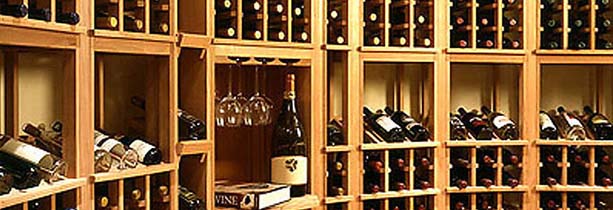 |
|
|
|
|
|
The Old World and the New World Wines
The wine world is divided into two parts: The Old World and The New World. Understanding the differences between them will help you make better sense of the wines you encounter, guide you with what to pair them with, and make your wine world a more enjoyable, understandable place to live.
The Old World refers primarily to wine made in Europe but can also include other regions of the Mediterranean basin with long histories of winemaking such as North Africa and the Near East.
The Old World is generally steeped in tradition and can be governed by strict laws. In France they have a system called appellation contrôlée. This was established by France to protect the best wine regions and to maintain the integrity of the wines they make. Italy and many European countries have similar laws.
Appellation contrôlée determines:
• What varieties can be planted
• The type of trellis system
• What chemicals can be used
• The type and style of wines to be made
• When to harvest
The New World is those wines produced outside the traditional wine-growing areas of Europe, in particular from Argentina, Australia, Canada, Chile, Mexico, New Zealand, South Africa and the United States In the New World, winegrowers have total freedom to plant what they wish, where they like and employ whatever techniques they deem best. In the winery the same principle applies. The New World has the flexibility to use the latest technology and can produce any style for any type of wine that the winemaker sees fit and can even source fruit from other areas to produce the final wine. There are two main differences in winemaking between the two and is described by the terms, Reductive and Oxidative winemaking, and two techniques, Inoculated and Wild fermentations.
Oxidative Winemaking is typical of the Old World. Protection against oxygen contact through the entire process is not a high priority and wines are often left to sort themselves out. Wines made in this fashion will lose some of their primary fruit aromas and colours. An advantage is that the finished wines will be less susceptible to further oxidation and it can create longevity for some white styles.
Reductive Winemaking is common practice in the New World and oxygen is treated as the enemy of the winemaker. Oxygen promotes premature ageing of wines (can be positive, see Decanting) and the loss of the highly prized fruit qualities of our wines. These fruit driven styles are out selling the French in many European countries.
Wild Fermentation is common to the Old World. A thin waxy layer that contains many millions of yeast and bacterial cells covers the grape skin. This cocktail of yeasts, that may contain spoilage and winemaking yeasts, are allowed to control the ferment. This practice is seen as a sort of lottery by the New World. In Old World regions it is most likely that the dominant yeasts will be wine yeasts due to the long history of winemaking in some of these areas and it appears to be less risky than if practiced in the New World. Wild ferments can produce wines of greater complexity.
Inoculated Fermentation is where a desired yeast strain, used to impart flavours and qualities that are known, is selected to control the ferment. Wines produced in this manor are predictable and reliable. A notable exception to this rule would be Jasper Hill Wines of Heathcote Victoria who employ wild fermentations and produce spectacular wines, showing Old and New World can be successfully combined. Most in the industry would agree that the risk of off-odours and flavours that can occur in a wild ferment to be too high.

|
|
|
|
